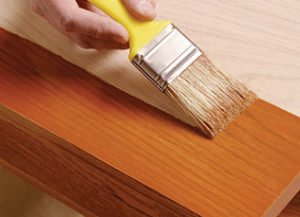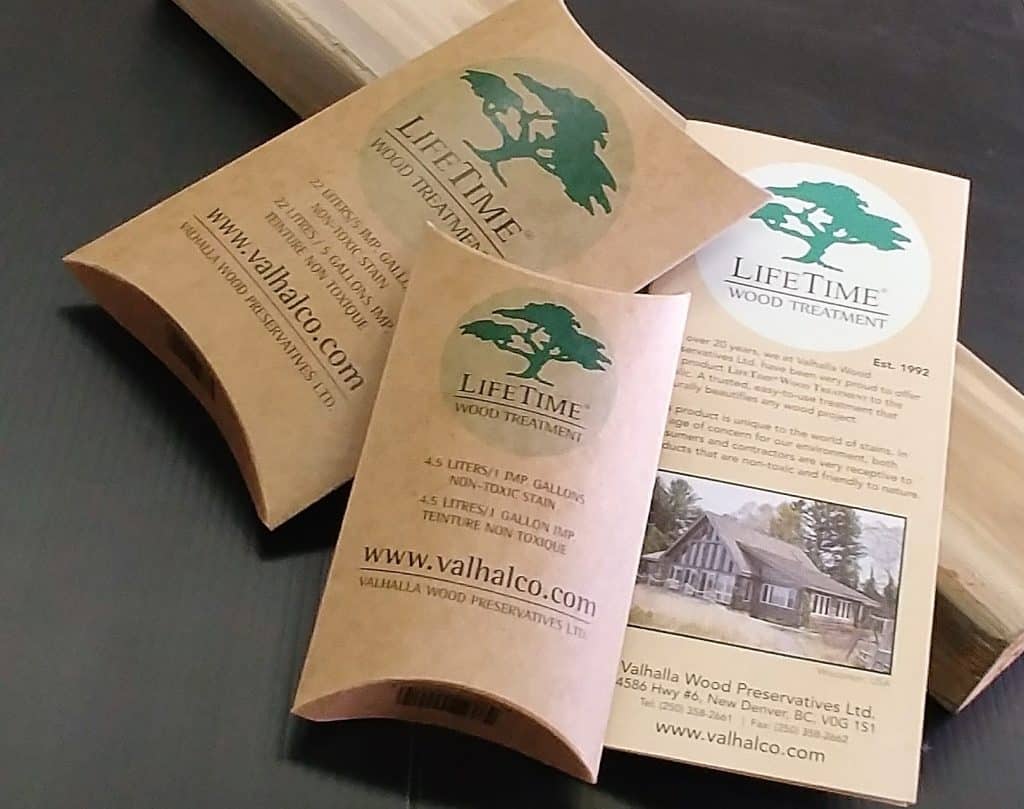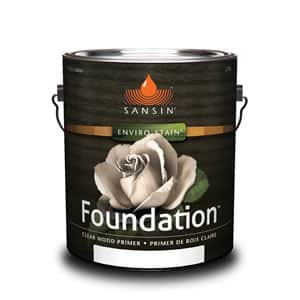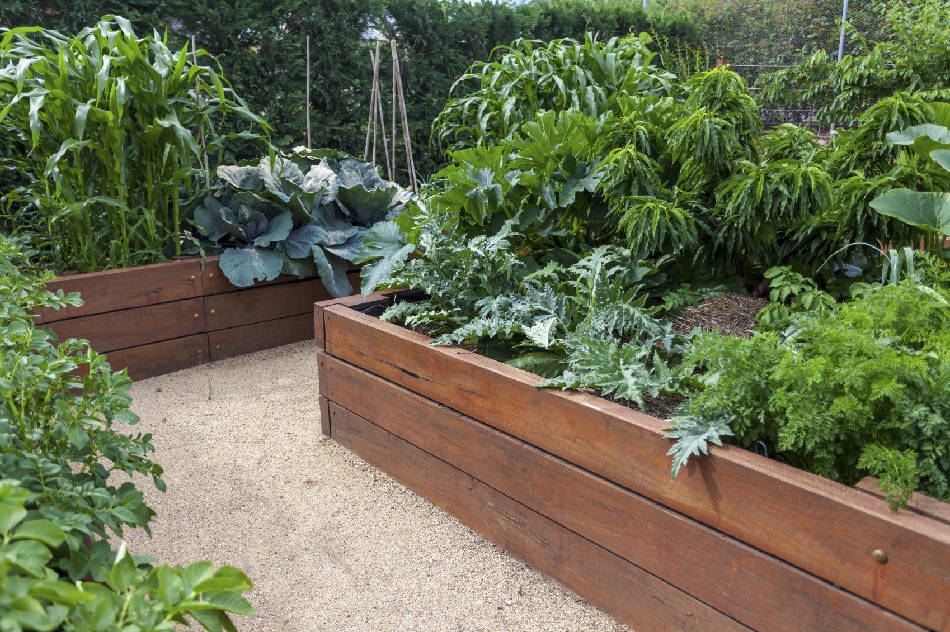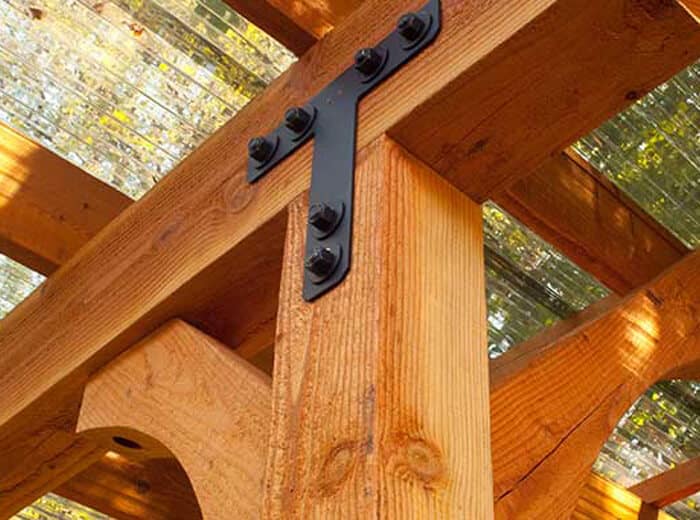When first opening a can of stain or paint, the noticeable difference between the two is that stain has a thinner consistency. When applied to a piece of wood, the stain soaks into the wood whereas the paint sits on the surface. The main similarity between stain and paint is that they both provide protection, while adding colour to the wood. A few advantages of stain are that it usually does not require as many coats, it usually has a faster drying time, and it has a natural look. When used for decking, stain does better with foot traffic than paint does. Staining can sometimes require more coats than painting if the wood is highly absorbent. Be sure to follow directions as over-coating can result in peeling, improper curing, and a much longer drying time.
Staining a surface changes the colour of the wood, while still allowing natural components of the wood such a knots and colour changes to show through. Solid stain can be used to cover knots etc; hiding the natural components in the way that a paint does, while also soaking into the wood. Painting a surface conceals the natural components of the wood. Stain gives a matte look, whereas paint can come in different sheens, from matte to high gloss.
Stained Wood Painted Wood


